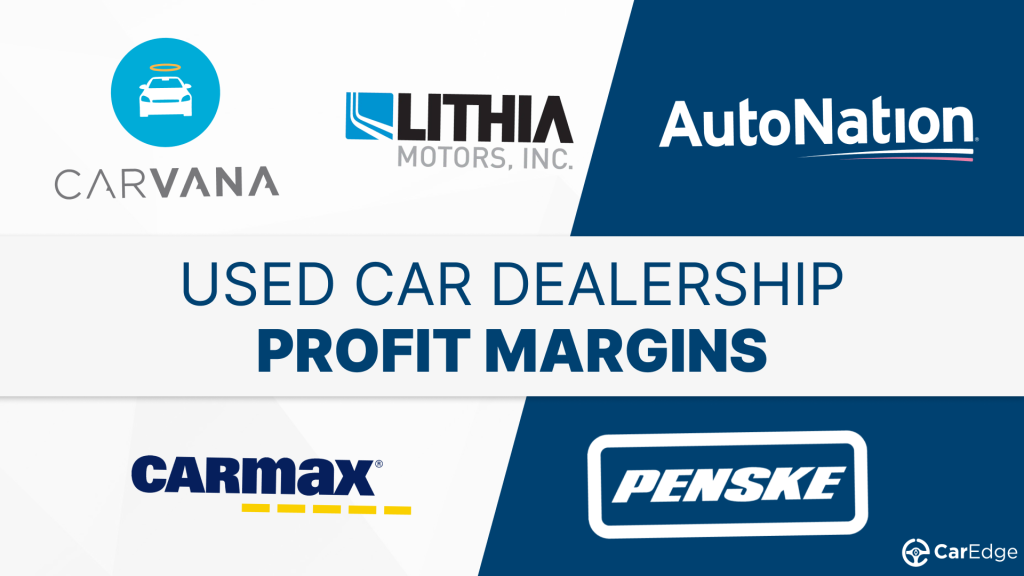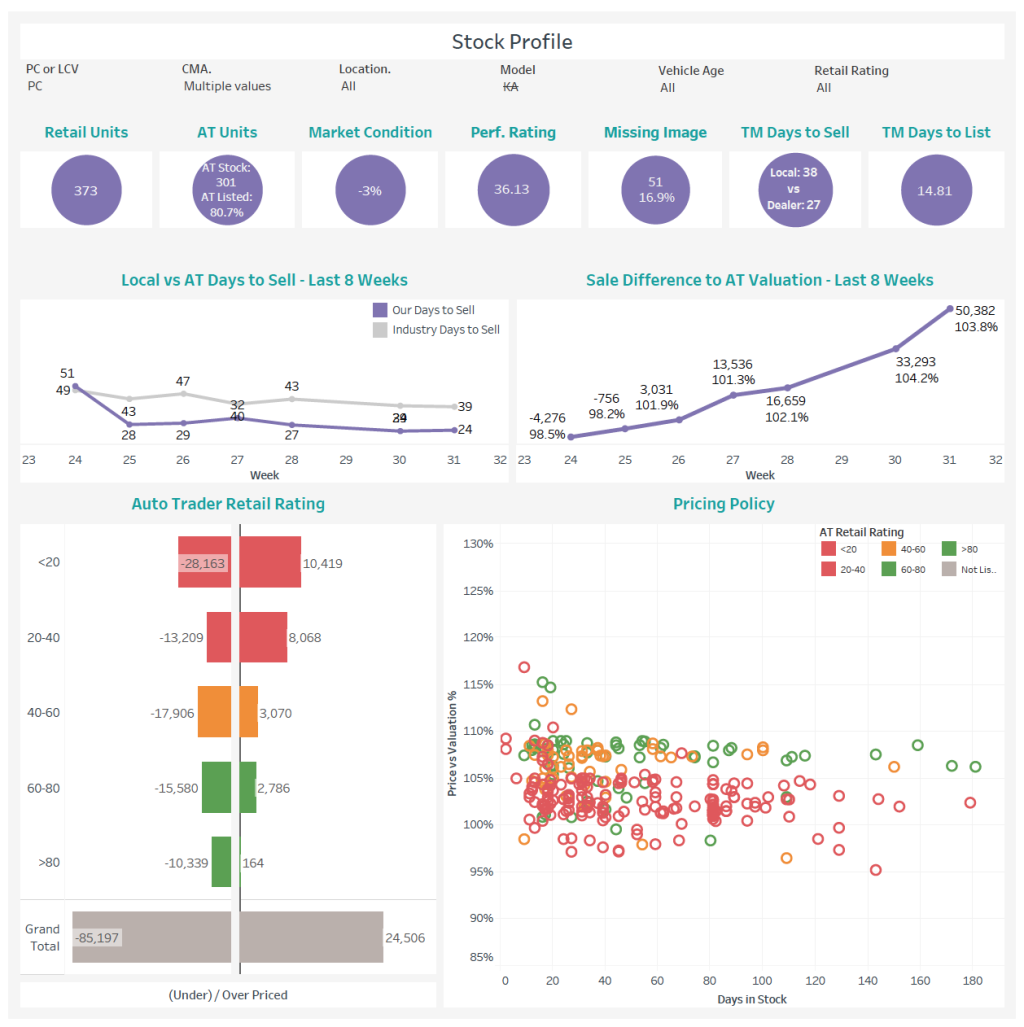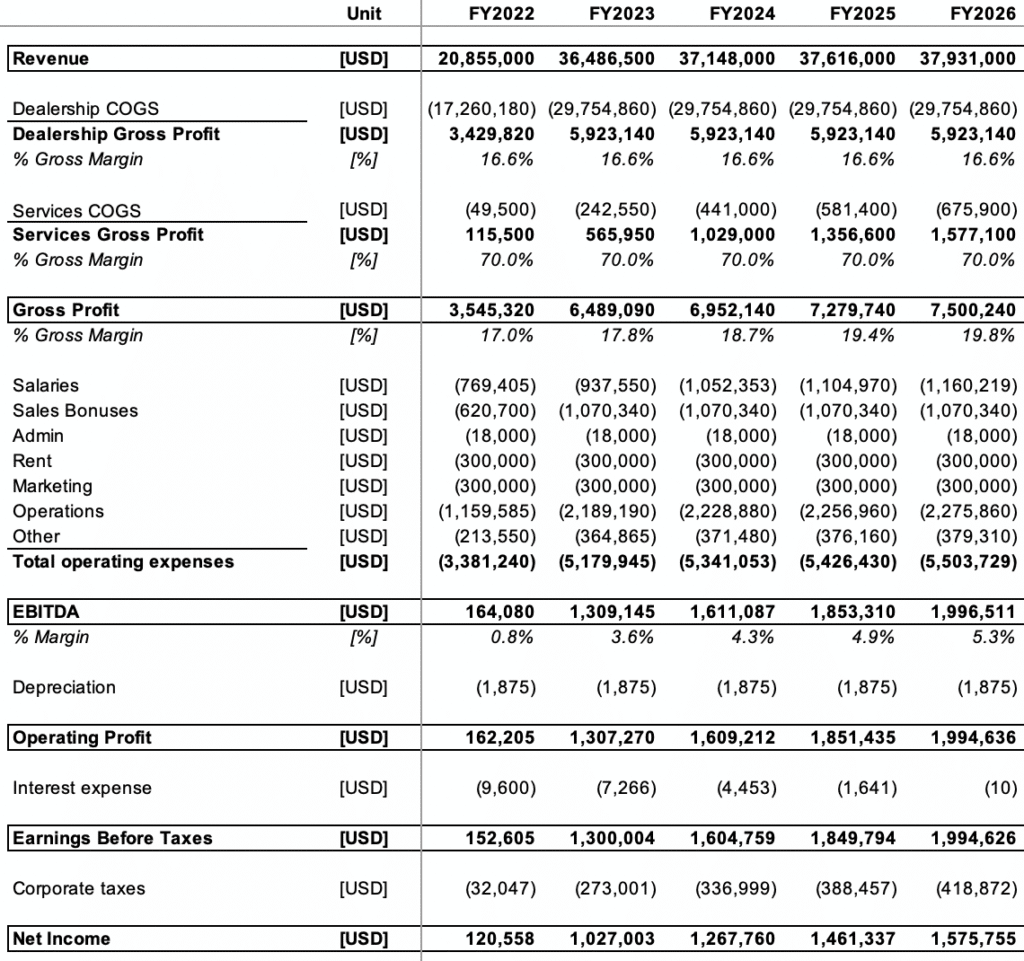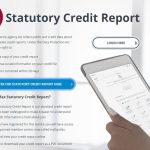Unlock Your Potential: Maximize Profits As A Used Car Dealer Through Profit Margin Optimization
Used Car Dealer Profit Margin: Understanding the Numbers
Greetings, Car Enthusiast!
Are you in the market for a used car? Or perhaps you’re considering starting a used car dealership of your own? Understanding the profit margin in this industry is crucial for both buyers and sellers. In this article, we will dive deep into the world of used car dealer profit margin, exploring what it is, who it affects, when it comes into play, where it varies, why it matters, and how it can be calculated. So, buckle up and let’s get started!
3 Picture Gallery: Unlock Your Potential: Maximize Profits As A Used Car Dealer Through Profit Margin Optimization



What is Used Car Dealer Profit Margin?
Used car dealer profit margin refers to the difference between the selling price and the cost price of a used car for a dealership. It is essentially the profit that a dealer makes on each vehicle sold. This margin is crucial for the sustainability and growth of a dealership as it covers expenses, overheads, and ultimately determines the success of the business.
Understanding the Importance of Profit Margin
Profit margin is the lifeblood of any business, and used car dealerships are no exception. It determines the financial health and longevity of the dealership by ensuring that all costs are covered and that there is room for growth and reinvestment. Without an adequate profit margin, a dealership may struggle to survive in a competitive market.
Factors Affecting Used Car Dealer Profit Margin

Image Source: caredge.com
Several factors can influence the profit margin in the used car dealership industry. These include:
Inventory Acquisition: The cost of acquiring used cars for resale directly impacts the profit margin. Dealerships that can negotiate better deals or source vehicles at lower prices will have a higher margin.
Market Demand: The demand for used cars in a particular market can affect the profit margin. When demand is high, dealerships can command higher prices, resulting in a larger margin.
Competition: The level of competition in the market plays a role in determining the profit margin. Higher competition may lead to lower prices and, consequently, a smaller margin.
Operating Expenses: Dealerships incur various expenses such as overhead costs, advertising, employee salaries, and maintenance. These expenses must be factored into the profit margin calculation.
Calculating Used Car Dealer Profit Margin
To calculate the profit margin, the formula is as follows:

Image Source: realworldanalytics.com
Profit Margin = (Selling Price – Cost Price) / Cost Price * 100
This formula expresses the profit as a percentage of the cost price, allowing dealerships to compare margins across different vehicles and transactions.
Who is Affected by Used Car Dealer Profit Margin?
The impact of used car dealer profit margin is felt by various stakeholders, including:
Buyers: Buyers need to consider the profit margin when negotiating the price of a used car. Understanding the margin helps them determine if the asking price is fair and if there is room for negotiation.
Sellers: Used car dealerships rely on the profit margin to cover expenses and generate revenue. A healthy profit margin ensures the sustainability and growth of the dealership.
Dealership Employees: The profit margin directly affects the dealership’s ability to provide competitive salaries, incentives, and benefits to its employees. A higher margin may result in better compensation packages.
Local Economy: Used car dealerships contribute to the local economy through job creation and tax revenue. Profitable dealerships can invest back into the community, supporting economic growth.

Image Source: sharpsheets.io
When Does Used Car Dealer Profit Margin Come Into Play?
The profit margin plays a significant role in every transaction that takes place at a used car dealership. It comes into play when:
A dealership purchases a used car for resale
A buyer negotiates the price of a vehicle
A dealership calculates its financial performance
A dealership analyzes its competitive position in the market
Where Does Used Car Dealer Profit Margin Vary?
The profit margin in the used car dealership industry can vary based on several factors, including:
Geographic Location: Profit margins can differ from one region to another due to variations in demand, competition, and local economic conditions.
Vehicle Type: Different types of vehicles may have varying profit margins. Luxury cars, for example, may have higher margins compared to economy cars.
Age and Condition: The age and condition of a used car can impact its selling price and, consequently, the profit margin.
Why Does Used Car Dealer Profit Margin Matter?
Used car dealer profit margin matters for several reasons:
Long-Term Viability: A healthy profit margin ensures the long-term viability and success of a used car dealership. It allows the business to cover expenses, invest in growth, and weather economic fluctuations.
Competitive Advantage: A higher profit margin can give a dealership a competitive advantage by allowing them to offer better prices, services, and incentives to customers.
Customer Satisfaction: A fair profit margin ensures that customers are getting a good deal and builds trust and satisfaction with the dealership.
How Can Used Car Dealer Profit Margin be Improved?
Improving the profit margin in the used car dealership industry requires a strategic approach. Here are some ways dealerships can work towards increasing their margin:
Streamlining Operations: Reducing costs and improving efficiency can help increase the profit margin. Dealerships should analyze their operations and identify areas for optimization.
Effective Pricing Strategies: Setting prices that align with market demand and competition is crucial. Dealerships should conduct thorough market research and adjust pricing accordingly.
Investing in Marketing: Effective marketing can attract more customers and generate higher sales volumes, leading to increased profit margins.
Building Customer Loyalty: Repeat customers and referrals contribute to higher profit margins. Dealerships should focus on providing excellent customer service and building long-term relationships.
Negotiating Better Deals: Developing strong relationships with suppliers and negotiating favorable terms can lead to better pricing on inventory, increasing the profit margin.
Advantages and Disadvantages of Used Car Dealer Profit Margin
Advantages
1. Financial Stability: A healthy profit margin ensures the financial stability and sustainability of a used car dealership.
2. Growth Opportunities: A higher margin allows dealerships to invest in growth strategies, expand their inventory, and improve their services.
3. Competitive Edge: A larger profit margin can provide a competitive edge by enabling dealerships to offer better prices and services compared to their competitors.
Disadvantages
1. Market Volatility: Profit margins can be affected by market fluctuations, making it challenging to maintain consistent profitability.
2. Increased Competition: A larger profit margin may attract more competitors to the market, potentially reducing margins over time.
3. Price Sensitivity: Buyers are often price-sensitive, which can limit the dealership’s ability to increase profit margins without losing sales opportunities.
Frequently Asked Questions (FAQs)
1. Is the profit margin the same for all used cars?
No, the profit margin can vary based on factors such as the vehicle’s age, condition, popularity, and market demand.
2. Can buyers negotiate the profit margin with a used car dealership?
Buyers can negotiate the overall price of a used car, which indirectly affects the profit margin for the dealership. However, the margin itself is not typically negotiable.
3. Are there any regulations for the profit margin in the used car dealership industry?
Regulations regarding profit margins in the used car dealership industry can vary by jurisdiction. It is essential for dealerships to comply with local laws and regulations.
4. Do online car marketplaces affect the profit margin of traditional dealerships?
Online car marketplaces have introduced increased competition to the used car dealership industry. While they may impact profit margins, traditional dealerships can adapt by offering unique services and experiences.
5. Can dealerships have different profit margins for different vehicles?
Yes, dealerships can have varying profit margins for different vehicles based on factors such as acquisition cost, demand, and competitive positioning.
Conclusion
Understanding the used car dealer profit margin is vital for both buyers and sellers in the industry. It impacts the financial health and longevity of dealerships, affects buyers’ negotiation power, and contributes to the local economy. By considering factors such as inventory acquisition, market demand, competition, and operating expenses, dealerships can calculate and improve their profit margins. Remember, a healthy margin ensures the sustainability and growth of a dealership, providing customers with better prices and services. So, whether you’re buying or selling a used car, keep the profit margin in mind to make informed decisions and secure a fair deal.
Final Remarks
Thank you for joining us on this journey into the world of used car dealer profit margin. We hope this article has provided you with valuable insights and knowledge. Before making any decisions related to buying or selling a used car, it’s crucial to conduct thorough research and consider all relevant factors. Remember, the profit margin is just one piece of the puzzle, and factors such as vehicle condition, history, and personal preferences should also be taken into account. Drive safe and happy car hunting!
This post topic: Used Car



